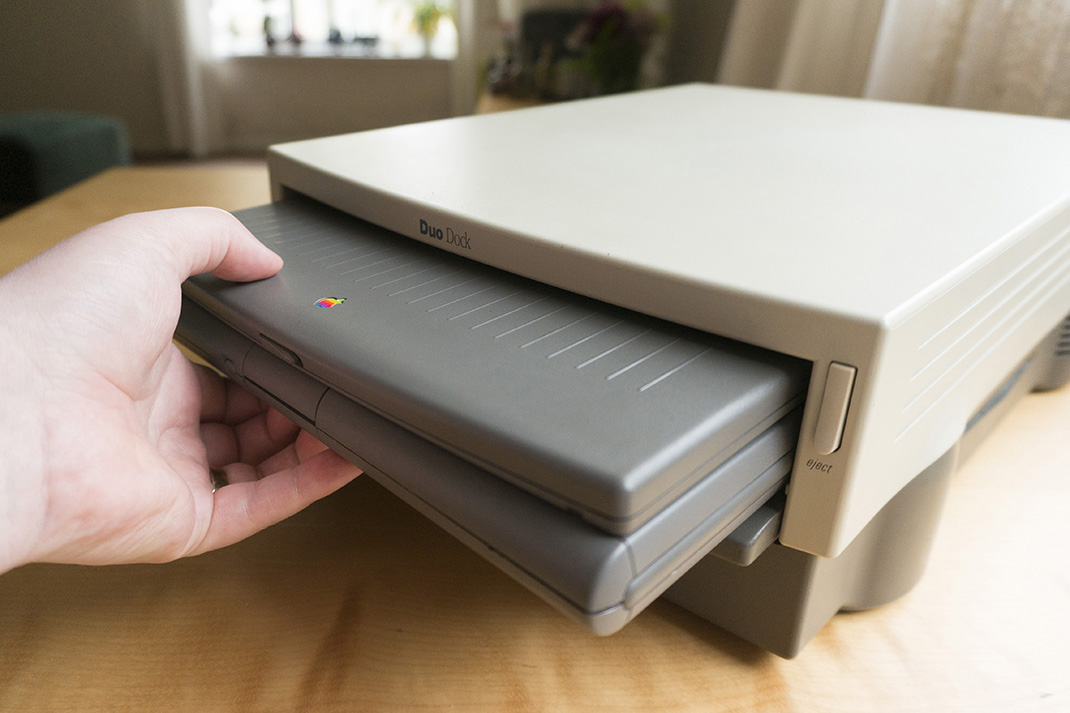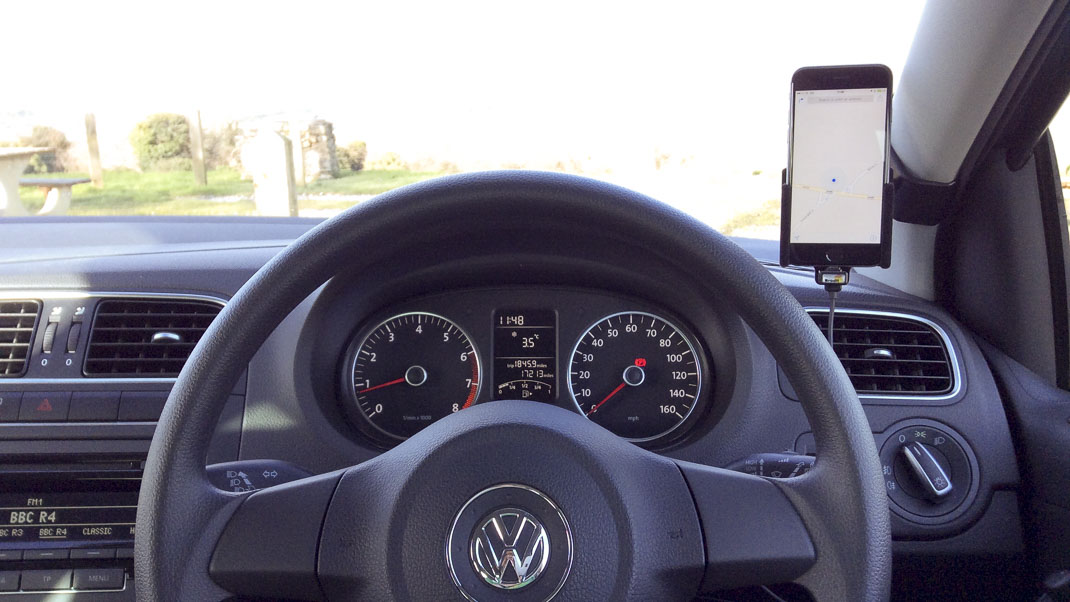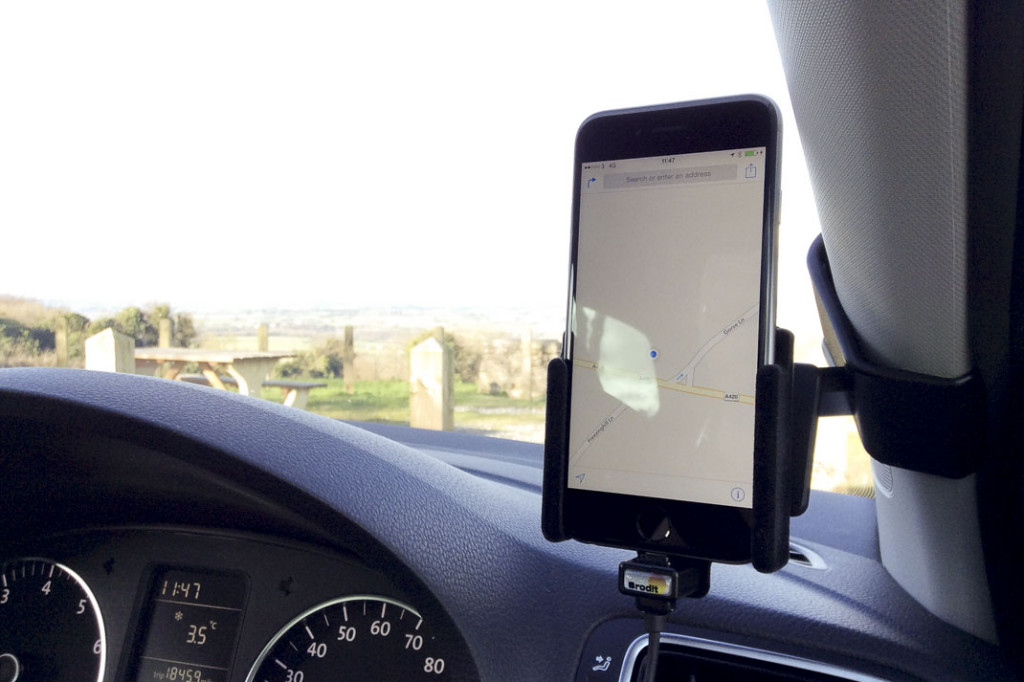Predictably, understandably, laudably, the question I’m always asked about my Apple Watch is what I use it for. This presents a tricky social situation.
Some people might as well have asked “Pff! What do you use that overpriced twatbangle for, you gullible first-world bumboy?”
Some ask with doe-eyed, kawaii enthusiasm, wagging their tails like sparkly cartoon puppies, desperate to be told that I use it for EVERYTHING and that it’s AMAZING and that I LOVE IT AND I LOVE YOU AND WOULD YOU LIKE AN ICE CREAM‽ 🍦🌈😍
Some are genuinely curious. They’re open. Interested. Ripe.
My real answer will please none of them. The real answer is that there is no big, spectacular thing that I use my Watch for in the fortnight I’ve had it. All I can offer are personal anecdotes.
The thing that prompted this post happened when I was preparing dinner earlier tonight. I had put some rice on, and when it came to the boil, I turned the heat down to low then lifted my wrist and said “Hey, Siri; set a timer for 10 minutes.” That was it. I didn’t touch the Watch. I didn’t wait till Siri tapped me on the wrist to confirm she was listening. I actually didn’t even check she’d heard me till a few minutes later when I glanced at my wrist to see how long remained on the Complication on my watch face. (That surprised me.)
I don’t like the Apple Watch because it’s overtly impressive. Actually, it’s the opposite. It is – or perhaps more accurately, might just conceivably prove with hindsight to be – one of the first examples of technology whose job is to impress you by its very ignorability.
And nobody who asks me about it wants to hear that.


